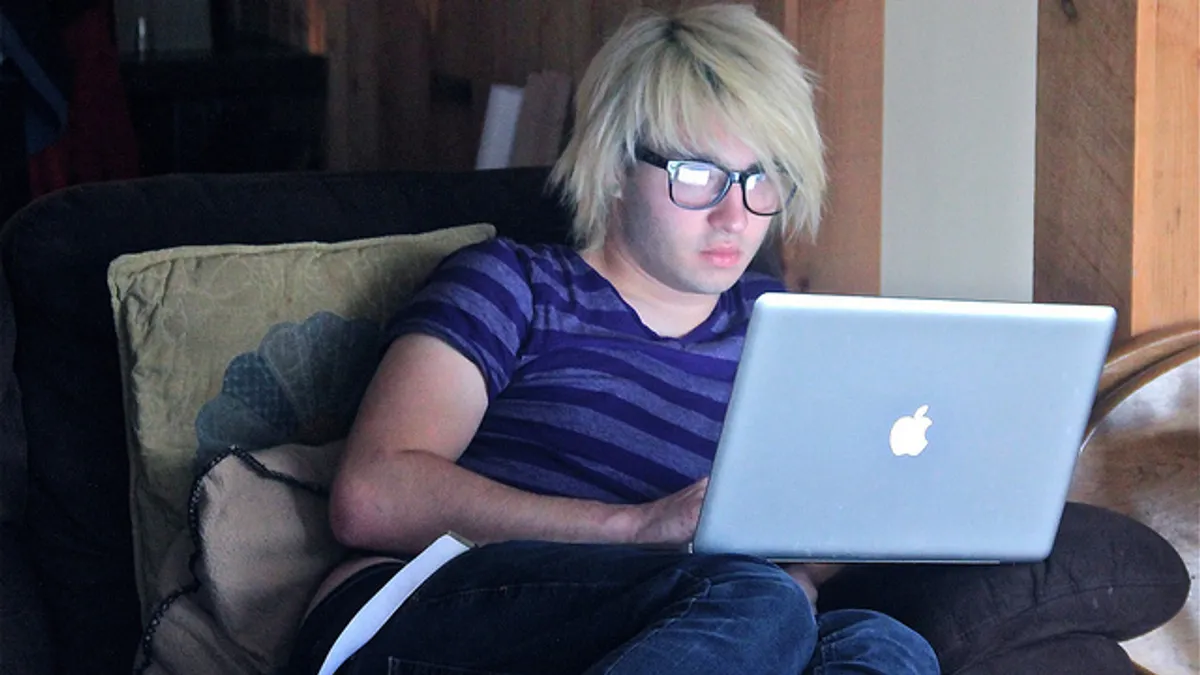Dive Brief:
- An amended agreement between Los Angeles Unified School District and Verizon will expand distance learning access to hundreds of thousands of students in other school districts in California, helping to further close the digital divide, according to a press release.
- Verizon's initial agreement with LAUSD expanded connectivity to 125,000 low-income students in a move Andrés Irlando, SVP and president of public sector and Verizon Connect at Verizon, called "the gold standard framework nationally" during the coronavirus pandemic.
- The move also follows Verizon's April announcement of support for bridging the digital divide in California by committing to a discounted rate for unlimited internet connectivity for up to 250,000 underserved students in the state.
Dive Insight:
As the coronavirus pandemic closed schools and upended existing learning models by forcing a distance learning transition practically overnight for districts nationwide, many were confronted by the harsh reality of the digital divide.
This divide, also commonly referred to via the context of the "homework gap," has been a growing concern for some time. As more digital resources were adopted in classrooms, students lacking home internet or device access were at a greater disadvantage when it came to homework assignments.
While this problem largely affected lower-income students, those in rural communities, where some areas are so remote that local infrastructure isn't in place to provide reliable broadband service even if families can pay for it, have also suffered its effects.
The pandemic, however, has forced greater attention to the issue from lawmakers and regulatory agencies like the Federal Communications Commission. With the likelihood that distance learning will remain at least on some level into the next school year, especially given that further outbreaks could lead to more closures, efforts to improve home internet access are on the rise.
Verizon, which also recently announced a partnership to provide phones to mothers in need in 39 states, isn't the only private company working to provide discounted access. Amid concerns that underserved students could once again be cut off as pandemic discount programs neared their end, a number of service providers, as well as several nonprofit organizations, have committed to ongoing digital equity efforts to expand internet access to low-income families.














